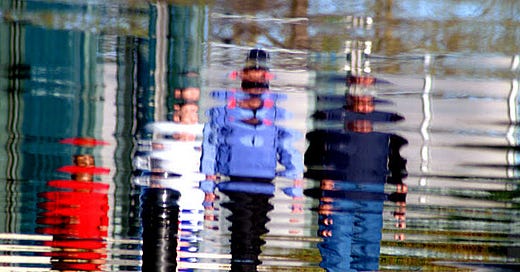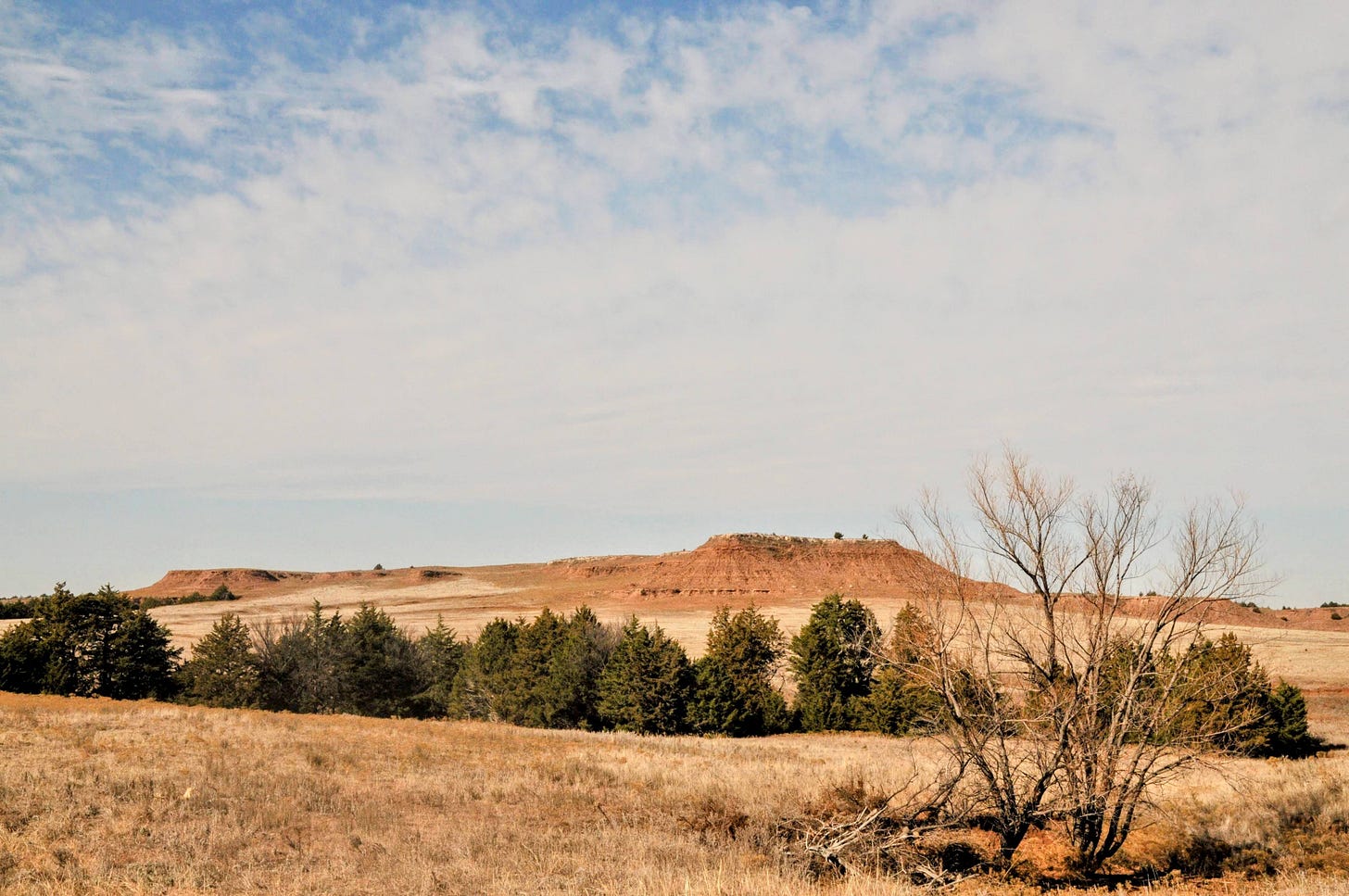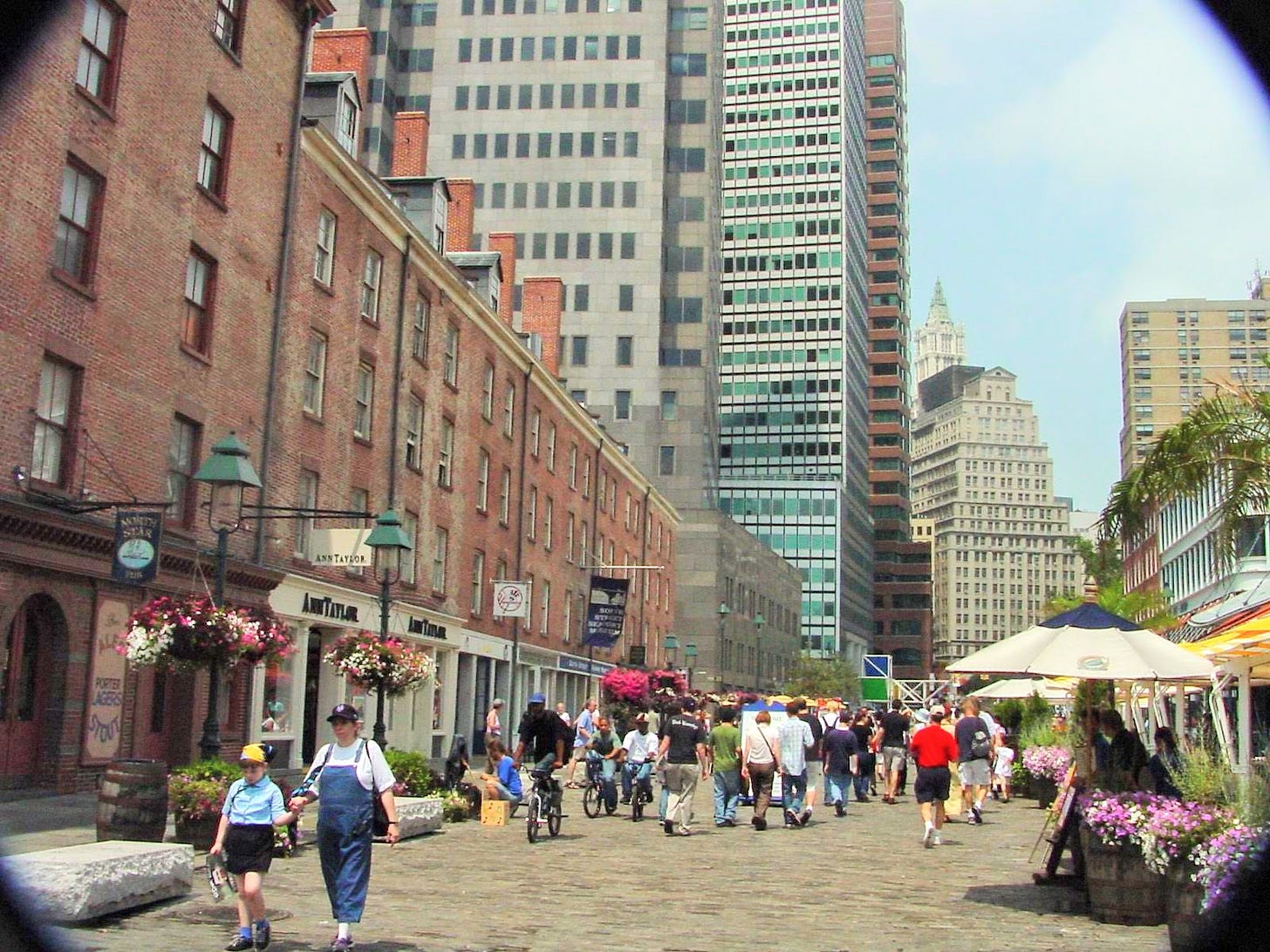We seem free.
But look closer.
This is what I saw when I took this photo—just a reflection of people across rippling water. A casual crowd enjoying a walk in the park. Maybe. But the water distorts more than just figures—it distorts certainty. It reminds us that freedom might be real… or it might just be what we hope it looks like, reflected back at us.
Following the recent protests and disturbances in Los Angeles, I was reading news items from media here and abroad. Both traditional media and online sources. Most of the stories are following the familiar themes: legislation, enforcement trends, political rhetoric.
But buried halfway through one report, I found a paragraph that stopped me cold.
After rereading just two short paragraphs, I realized I was looking at a whole new dimension of the story. The events of the past few weeks suddenly felt less urgent—because what I was reading was more terrifying than anything in the headlines. I hesitate using the term terrifying because I consider myself as a realist, willing to examine issues from various positions. Nevertheless it’s a word I have to use this time.
Those few lines mentioned something called ATrac—short for Alien Tracker. A computer application now in use by ICE that tracks individuals in near real time. It pulls data, plots maps, dispatches agents. No need for warrants or headlines—just quiet precision.
The name sounded like science fiction.
But it wasn’t fiction.
It’s real. And almost no one seemed to be talking about it. There it was in the story, almost as an afterthought. Why is no one reporting on that part of the largr story?
That was my moment—the ripple in the reflection. The moment I realized we’re much closer to being watched than most of us think. And worse—we’ve already made peace with most of it.
The Illusion of Control
That moment stayed with me.
I began thinking about how easily we accept surveillance in our daily lives. We carry phones that track our every step, drive cars with built-in navigation, and connect constantly to the internet. Most of us assume some level of data collection is inevitable. We even joke about it. “I said ‘cat food’ in a Facebook post and now I’m getting ads for it.”
But it’s not funny anymore. It’s something more insidious.
Just this morning, I wanted to check the meaning of the word “salient” as I was writing this draft. I was nearly certain I had it right—but I like to double-check. I opened Google and typed “s-a-l.”
That’s all it took.
Before I finished the third letter, Google knew what I wanted. It filled in “salient definition.” It’s helpful, yes. But it’s also a reminder: we are being anticipated. Modeled. Predicted. Nudged. The tools we use are constantly using us, too.
And we’ve accepted it. Maybe even welcomed it.
But the difference between being tracked and being targeted is a vast chasm. And ATrac lives on the other side of that divide.
What Is ATrac?
ATrac—Alien Tracker—is a tool currently used by Immigration and Customs Enforcement (ICE). It collects data from multiple government and commercial sources to geolocate individuals in near real time. Field teams can see where a person or group of persons are, assign agents, and log the outcome—whether an arrest was made, the person wasn’t home, or they couldn’t be found.
What makes it so dangerous isn’t just the technology. It’s what the technology enables.
This system isn’t built for commerce.
It’s built for action.
It doesn’t suggest products.
It dispatches people.
It doesn’t offer corrections.
It delivers consequences.
Today, it’s used for immigration enforcement. But there is nothing stopping it from being used against other groups. All it takes is a change in who is labeled “a threat.”
This Is Not Just Another Tracking App
Some will say this is no different than what private companies already do. Facebook, Google, Amazon—they know where we go, what we like, who we know. We’ve normalized that level of exposure. But ATrac is fundamentally different in three critical ways:
➤ 1. It Targets Groups, Not Just Individuals
Consumer surveillance is about you—what you’ll click, what you’ll buy.
ATrac tracks people based on status: race, religion, immigration status, what you’ve written or said. It can flag entire neighborhoods, sweep communities, and dispatch agents based on profiles and risk models. It turns general suspicion into targeted action.
➤ 2. It Uses Data You Didn’t Choose to Share
Facebook knows what you post. ATrac knows:
What you reported to the DMV.
Your immigration paperwork.
Your income and medical records.
Where your children go to school.
Whether you completed the census.
Whether you pay taxes, receive Social Security, apply for Medicare or Medicaid.
This is involuntary data—information you gave because you had to, not because you clicked “I agree.”
➤ 3. It’s Secretive, Unaccountable, and Operated by the Government
You didn’t consent to ATrac.
You didn’t sign a terms-of-service agreement.
You didn’t get a pop-up asking for location permissions.
You likely didn’t even know it existed.
Until now.
The Illusion of Space and Privacy
I’ve spent years traveling—From Indiana to the Pacific, crossing through places like the Rita Blanca Grasslands, watching golden grass ripple beneath big skies. There’s a silence out there that feels like freedom. Like privacy.
But these days, space doesn’t equal safety.
Even those wide-open places have watchers: satellites overhead, phone towers nearby, license plate readers, facial recognition.
And in cities—where we once found anonymity in crowds—we’re just as exposed. Surveillance doesn’t need your name. It just needs your phone. Your habits. Your shadow in a database.
Neither crowds nor wilderness offer the solitude we used to take for granted.
There is no place to hide anymore.
A Question of Control
What chills me most isn’t that this system exists.
It’s how easily it could expand.
If the wrong hands gain power—and claim to be protecting the country, restoring order, rooting out dissent—what’s to stop ATrac from being turned on:
Protestors?
Journalists?
Political opponents?
Faith groups?
Ethnic groups?
Teachers?
You?
It’s not hard to imagine. We’ve seen it before.
The tools are ready.
The data is already there.
We gave it willingly.
All that’s missing is permission.
And once permission is granted, there is no rewinding the consequences.
Final Words
We are not standing at the edge of something.
We are already inside it.
The reflection in the water is breaking up—not because it was false, but because the wind is rising.
We built this promising AI infrastructure believing in the good it could do.
But we didn’t stop to ask what else it might become.
We imagined convenience—but we overlooked control.
We live in a world where surveillance is normal. Predictive technology is helpful. Control is efficient.
But maybe it’s time to ask how much control we’re really willing to hand over—and to whom.
And freedom?
Well, maybe that’s the part we need to start defending again.
Before it disappears entirely.






